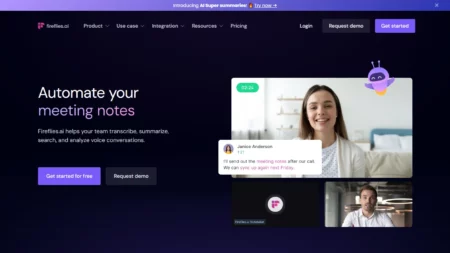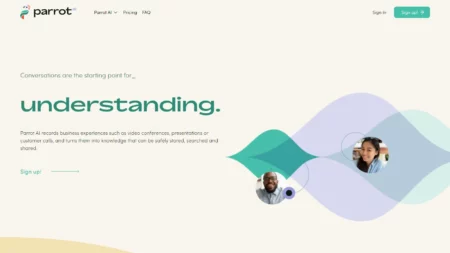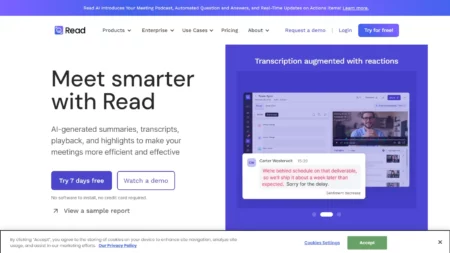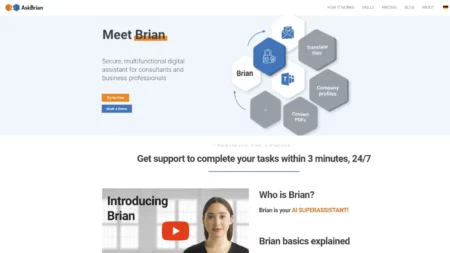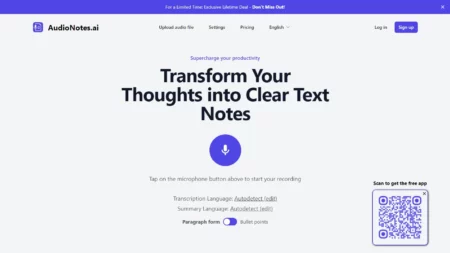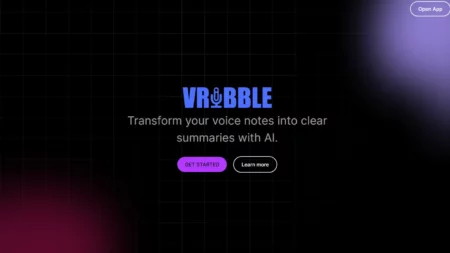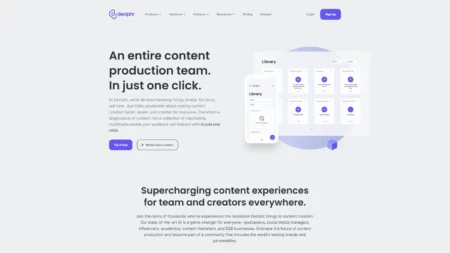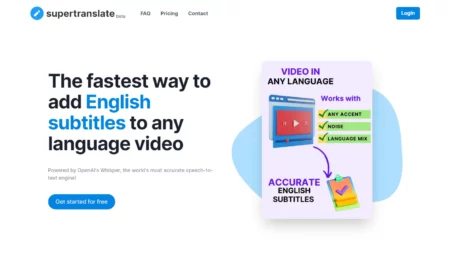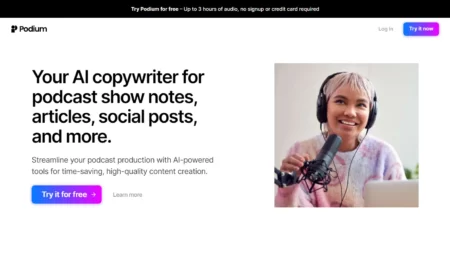SpeechText AI is an artificial intelligence software designed for speech to text conversion and audio transcription. Users can upload audio or video files in various formats and choose from predefined categories to improve the recognition accuracy of domain-specific words. The platform utilizes state-of-the-art deep neural network models to achieve near-human accuracy in transcribing speech to text. It supports more than 30 languages and accommodates non-native speaker accents. SpeechText AI includes interactive editing tools for searching, modifying, and verifying transcriptions, allowing users to export their content in different formats. The service aims to save time and money by automating transcription processes while maintaining high levels of accuracy.
⚡Top 5 SpeechText AI Features:
- Domain-Optimized Models: SpeechText AI provides multiple domain-optimized models for increased recognition accuracy across various industries such as finance, healthcare, legal, HR, and others.
- Multi-Language Support: The platform supports more than 30 languages and non-native speaker accents, ensuring accurate transcription regardless of the speaker’s origin.
- Interactive Editing Tools: Users can search, modify, and verify audio transcriptions using interactive editing tools, allowing for precise control over the final output.
- Automated Speaker Identification: The service detects which individuals spoke which words in multi-participant conversations, providing valuable insights during group discussions.
- Secure Data Handling: SpeechText AI is fully GDPR compliant, with all physical servers hosted in Europe (France), and encrypts all data sent between users and the service, ensuring privacy and security.
⚡Top 5 SpeechText AI Use Cases:
- Meeting Minutes: The audio transcription feature assists in creating daily meeting minutes, making it easier to review and refer back to important discussions.
- Podcast Transcription: Podcasters can transcribe their episodes into written form, expanding their reach to readers who prefer textual content.
- Lecture Notes: Students can easily transcribe lecture materials, enabling them to focus on understanding the content rather than taking extensive notes.
- Job Interviews: Employers can transcribe interview sessions, facilitating the evaluation process and ensuring consistency in candidate assessments.
- Customer Feedback Analysis: Companies can analyze customer feedback through transcribed phone calls or surveys, identifying trends and areas for improvement.



